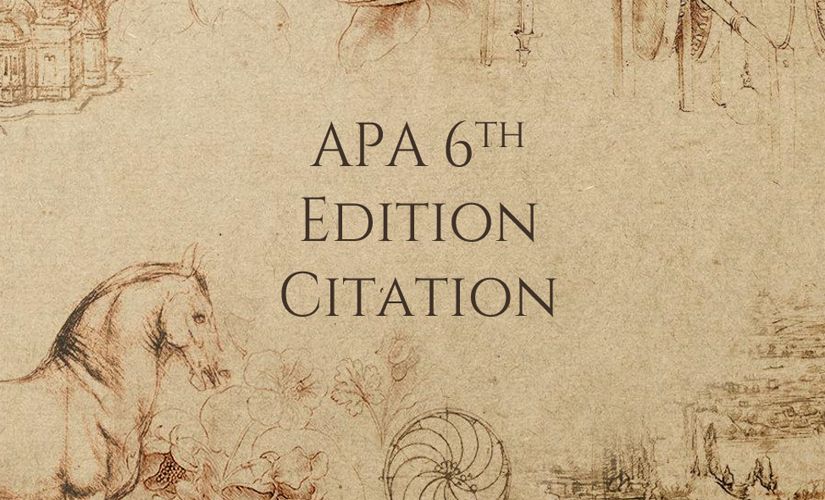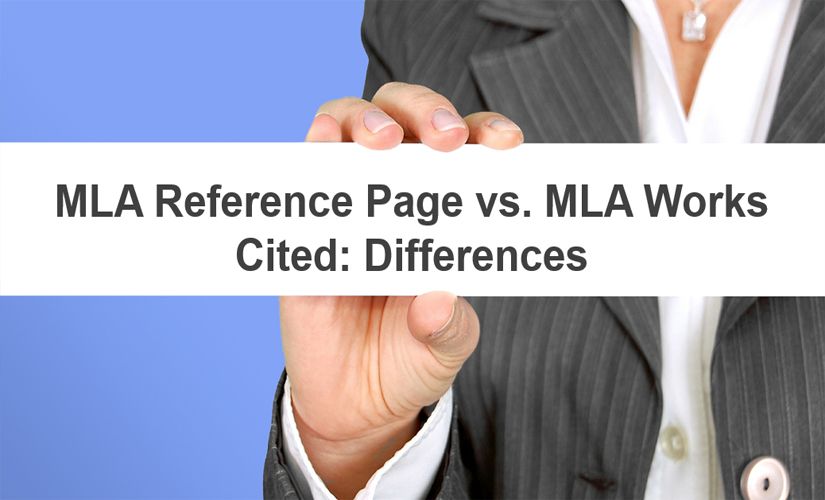The American Psychological Association (APA) style is employed in various disciplines associated with scientific research. Basically, researchers often find themselves struggling to internalize the APA 6th edition citation. It is because they lack contextual information. In particular, an in-depth discussion concerning the APA style’s interesting facts includes the initial motivation, changes in the citation structure, and its impact on the practice of scientific writing.
Initial Motivation
The origin of the APA citation may not be clear to people. In the 20th century, there was a significant increase in the number of scientific manuscripts. People submitted papers for publication in various journals. For instance, they needed editors for numerous papers to follow the scientific format before publishing. In this case, James McKeen Cattell, the editor of Science, Psychological Review, and Scientific Monthly, began to introduce some slight publication requirements. On the other hand, such actions came under criticism by Edward B. Titchener in 1904. Basically, Titchener’s argument was based on the strain that publication rules would place on researchers during the presentation of their findings. Conversely, Cattell suggested that structure and format were critical for readability purposes. As a result, the current APA 6th edition citation strikes a unique balance in addressing both perspectives on scientific writing.

Changes in the APA 6th Edition Citation
The citation format in the APA style has drastically changed since the first publication of the APA guidelines. For example, authors were encouraged to incorporate a source’s details in the text of the manuscript. However, in cases where it was not possible, they could provide numbered footnotes. Also, people used bibliographical references citation purposes. In this case, the author-date in-text citation style and complementary reference list are recent developments to the APA 6th edition citation. Moreover, the first publication of the style sheet was primarily focused on editorial issues. It made a minimal contribution to the writing style. Initially, there was much attention to publication needs. In turn, with time, the APA writing style began to address the art of scientific writing. Hence, the APA referencing style has diversified to a large extent. As a result, this wiring style became a comprehensive guide for scientific writing and manuscript publication.
Impact on the Practice of Scientific Writing
Besides the apparent characteristics of the APA 6th edition citation, the format has its textual features. For instance, the APA style citation has codified norms of the scientific community that go beyond simplistic citation and styling rules. In this case, it makes the APA paper to be unique due to the use of language. Also, the choice of words used in scientific writing allows a researcher to concurrently present results. In turn, scholars can define the extent of their interpretation and identify points of inconsistency while maintaining scientific rhetoric and accuracy. Thus, the identification of the APA style paper does not limit citation rules but extends to the skillful use of language.
Conclusion on the APA 6th Edition Citation
The technicalities of the APA 6th edition citation often blurs the rich background of a documentation style. Basically, competing needs of editors and researchers were the start point of the exhaustive APA referencing. In this case, a significant portion of the APA guidelines practiced in contemporary scientific writing was non-existent in the first publication of the APA style guide.


